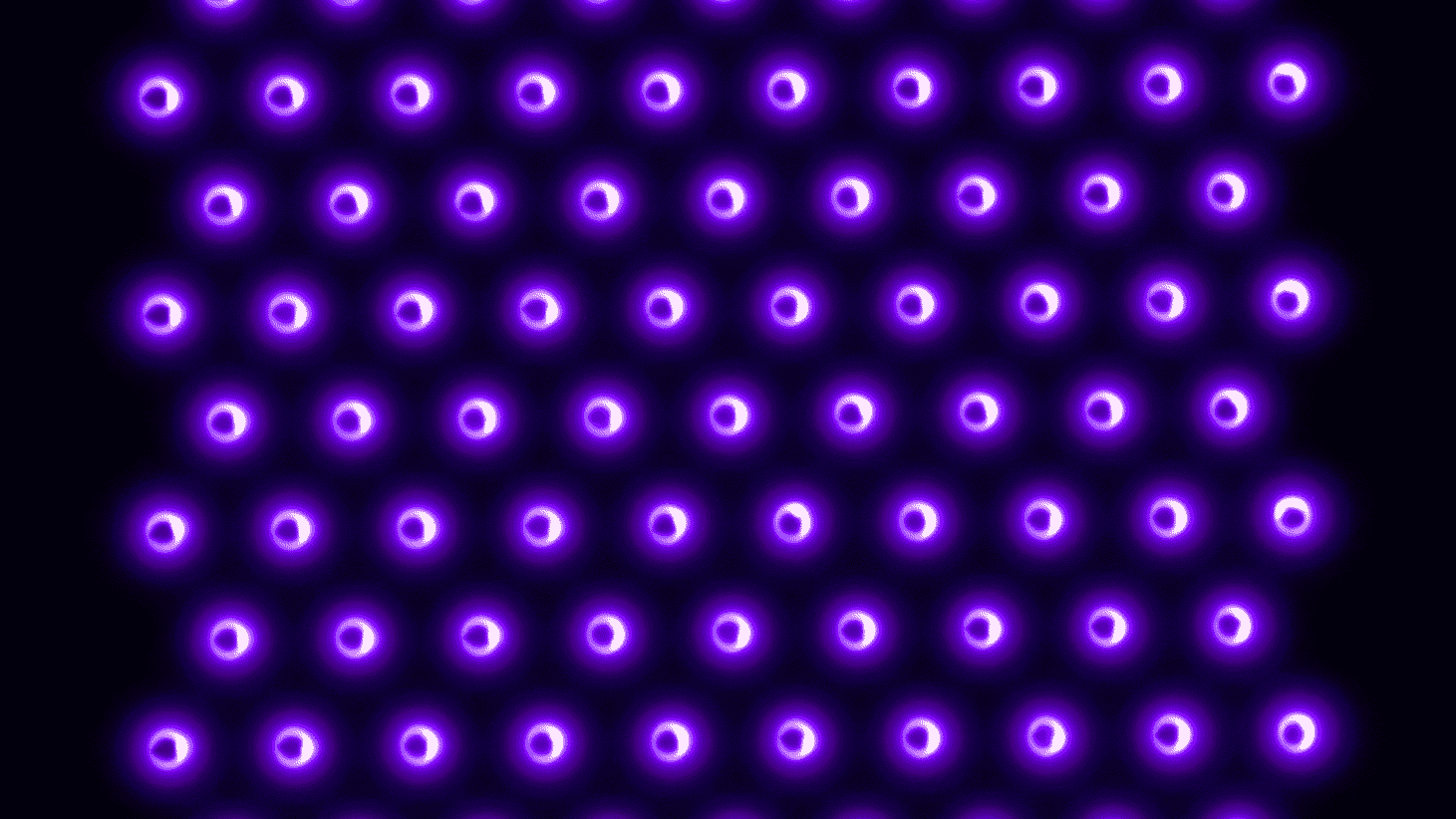 Porcine reproductive and respiratory syndrome virus (PRRSv) costs the US swine industry more than $580 million each year. First described in North Carolina, Iowa, and Minnesota in the late 1980s, the virus rapidly spreads through swine barns and is one of the industry’s biggest game changers. Since its emergence in the United States, scientists have worked to reduce its risk to swine.
Porcine reproductive and respiratory syndrome virus (PRRSv) costs the US swine industry more than $580 million each year. First described in North Carolina, Iowa, and Minnesota in the late 1980s, the virus rapidly spreads through swine barns and is one of the industry’s biggest game changers. Since its emergence in the United States, scientists have worked to reduce its risk to swine.
In 2003, a new strain of PRRSv (MN184) emerged. Scott Dee, ’85 MS, ’87 DVM, ’96 PhD, adjunct professor in the Department of Veterinary Population Medicine at the University of Minnesota College of Veterinary Medicine (CVM), found that pigs infected with strain MN184 exhaled aerosols containing a much higher quantity of the virus than those infected with older strains of PRRSv. In response to these findings, Dee was influential in developing the now-common practice of filtering swine barn air in the United States.

Fifteen years later, researchers in the Veterinary Diagnostic Lab at the CVM are looking to apply research they are doing on decontaminating foods in collaboration with the University of Minnesota College of Science and Engineering (CSE) to swine barn air filtration in an effort to further promote swine health and safety in the food industry at large.
Plasma, served cold
Plasma is defined as partially or fully ionized gases with neutral net charge. It consists of a cocktail of photons, ions, free radicals, molecules, and atoms—many of which are highly reactive, which allows for many applications, including water decontamination. Plasma sources can also be engineered to produce plasma at close to room temperature—often referred to as cold plasma—enabling the treatment of highly heat-sensitive surfaces, such as some foods.

The United States Department of Agriculture is supporting Sagar Goyal, PhD, professor in the Department of Veterinary Population Medicine at the CVM; Peter Bruggeman, PhD, professor of Mechanical Engineering at the CSE; and their team of researchers in pursuing the use of cold atmospheric gaseous plasma technology for decontaminating food and food-processing surfaces.
The team is seeing success in the lab—bacteria and viruses stand little chance against the cold plasma they are making.
The Centers for Disease Control and Prevention reports that foodborne illness costs the US economy about $77 billion each year and human noroviruses are responsible for 50% of the total foodborne gastroenteritis illness (with a known pathogen) caused annually. “Food works as a vehicle to transfer viruses from a contaminated person to the consumers, especially foods that are not exposed to heat,” says Hamada Aboubakr, a postdoctoral associate working on the project. “That’s why the team is looking for a technology using cold plasma—it can decontaminate berries or leafy greens without a need for cooking and boiling.”
According to Goyal, the laboratory results look extremely promising. “If a surface is contaminated with viruses or bacteria, we can kill them,” says Goyal. “If food is contaminated—as early as during harvest by food handlers—our goal is to use cold plasma to kill the contaminants.”
But how might the average restaurant afford technology that effectively delivers cold plasma to these foods? Ankit Moldgy, a graduate student in the Department of Mechanical Engineering working on the project, is looking to develop a mechanism for effectively and safely delivering the plasma-produced active agents to its targeted bacteria and viruses, while also making the process cost-effective.
A pig impact
“Meanwhile,” says Goyal, “swine farmers are already using air filtration systems to mitigate disease. But these are not foolproof, so if we can combine them with this cold plasma, it would be helpful in getting rid of any disease affecting swine that can be transferred by air.” This includes, but is not limited to, PRRSv. So, cold plasma could positively impact the food and agricultural industry in more ways than one.
“Even though producers have invested in their filtration, they are always looking for more cost-effective strategies to protect their farms from airborne diseases,” says Montserrat Torremorell, DVM, ’99 PhD, associate professor in the Swine Program at the CVM. “This could be technology to help achieve that.”

Gaurav Nayak, a PhD student in the Department of Mechanical Engineering, is using the framework of his Kermit and Ione Ebeltoft Interdisciplinary Doctoral Fellowship with his advisor Bruggeman and mentors Goyal and Torremorell to investigate ways to integrate the plasma generation unit into air filtration systems. Torremorell plans to help assess a prototype’s efficacy. Thanks to Dee’s findings back in 2003, researchers know that swine generate virus-laden aerosols. Scientists can quantify the viruses in those aerosols, which, Torremorell says, makes it possible to test whether the equipment can decrease the viruses.
The multidisciplinary team’s cold plasma research is closing in on many possible applications of this new technology. The possibility of resolving the swine industry’s biggest opponents—airborne diseases, such as PRRSv—could have an outstanding impact on both the food industry and swine producers across the country.
November 8, 2018 - University of Minnesota


